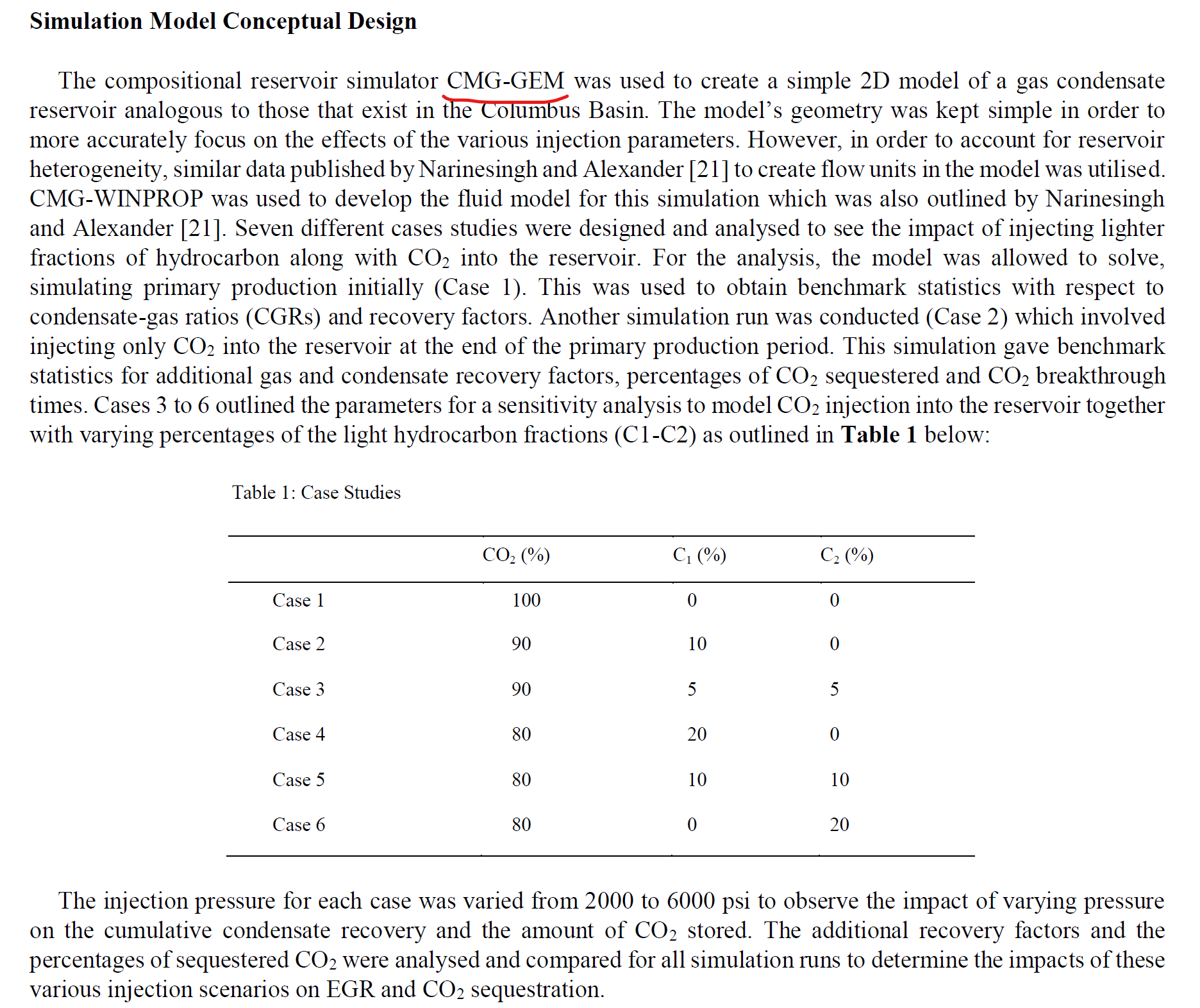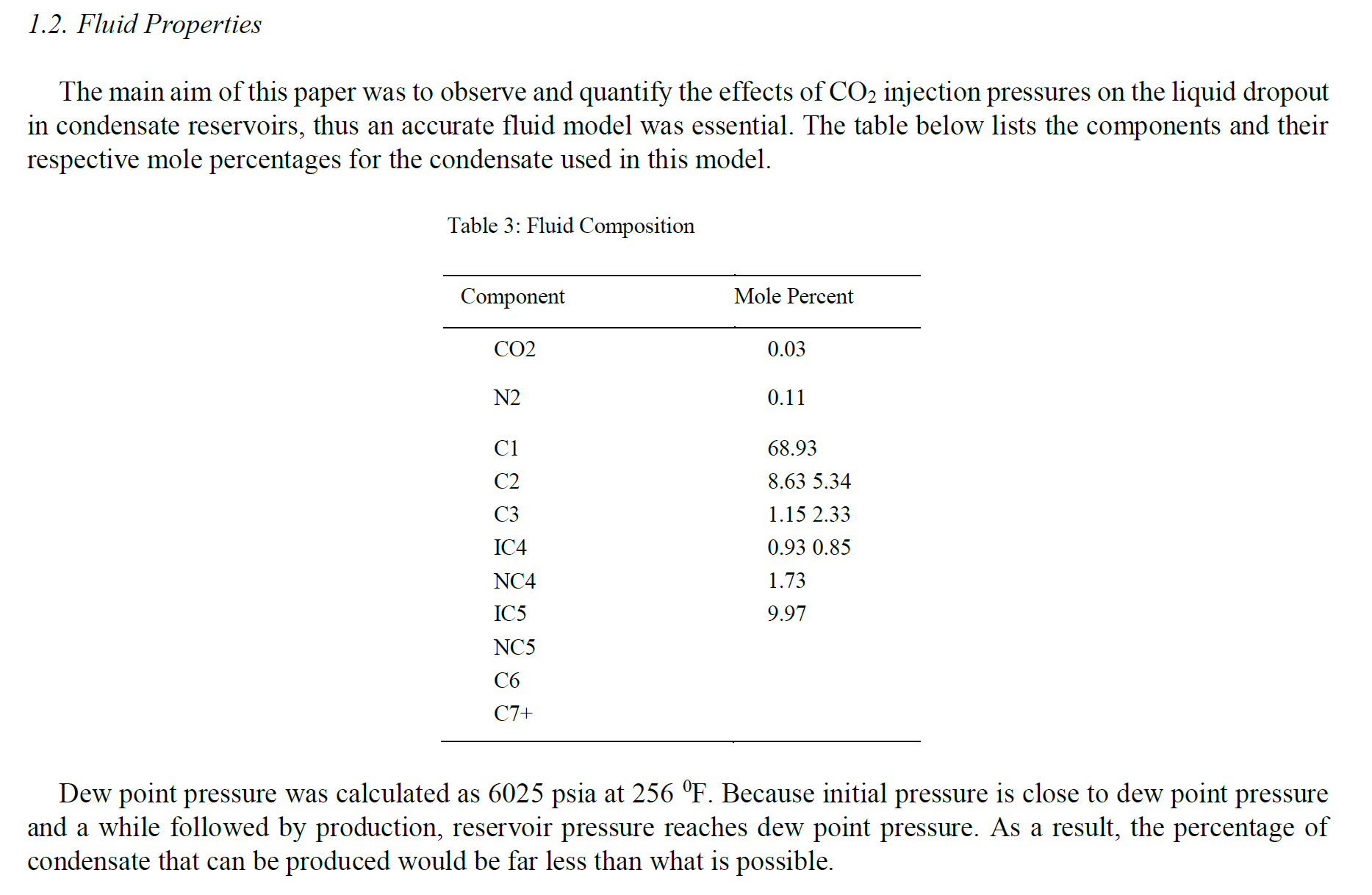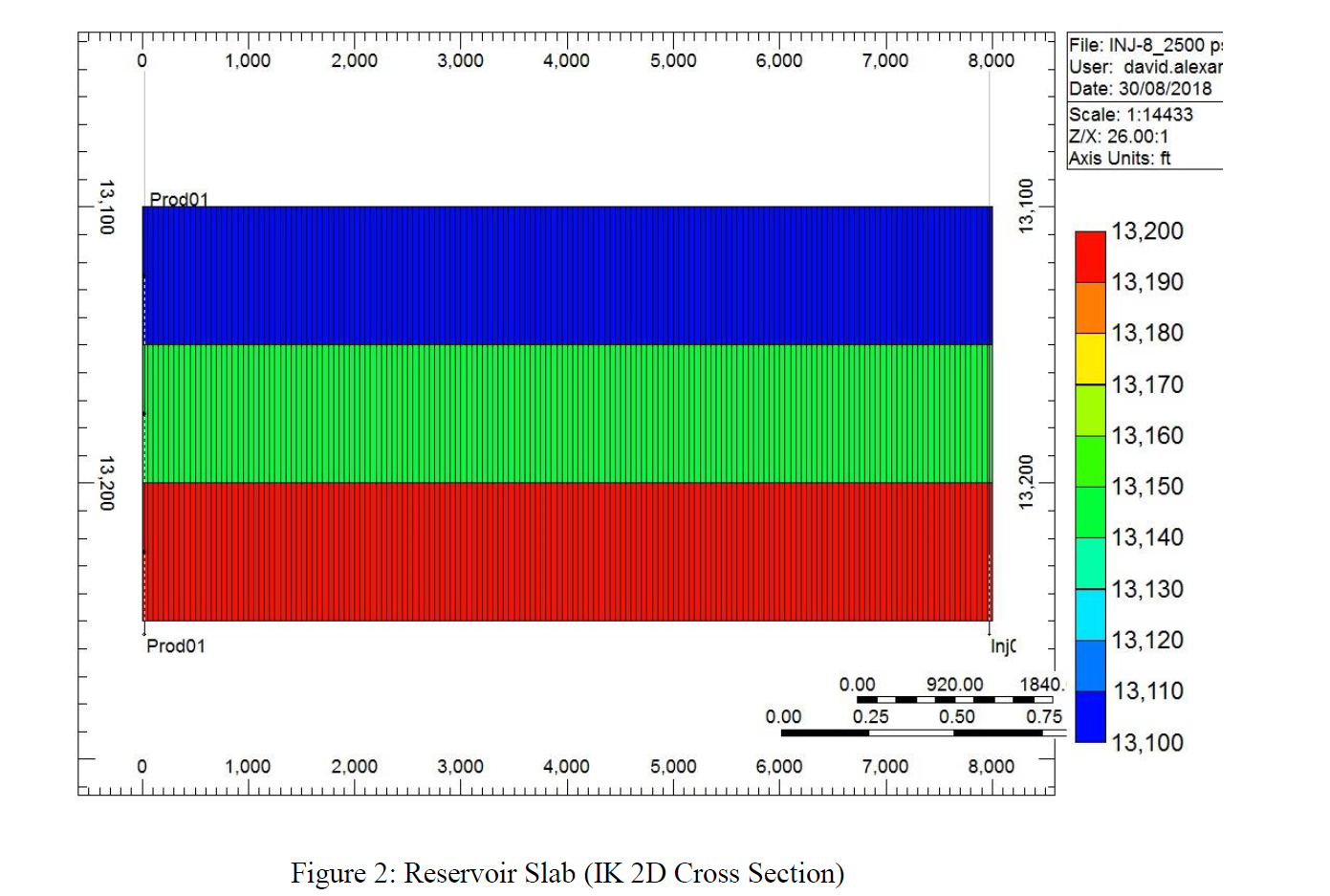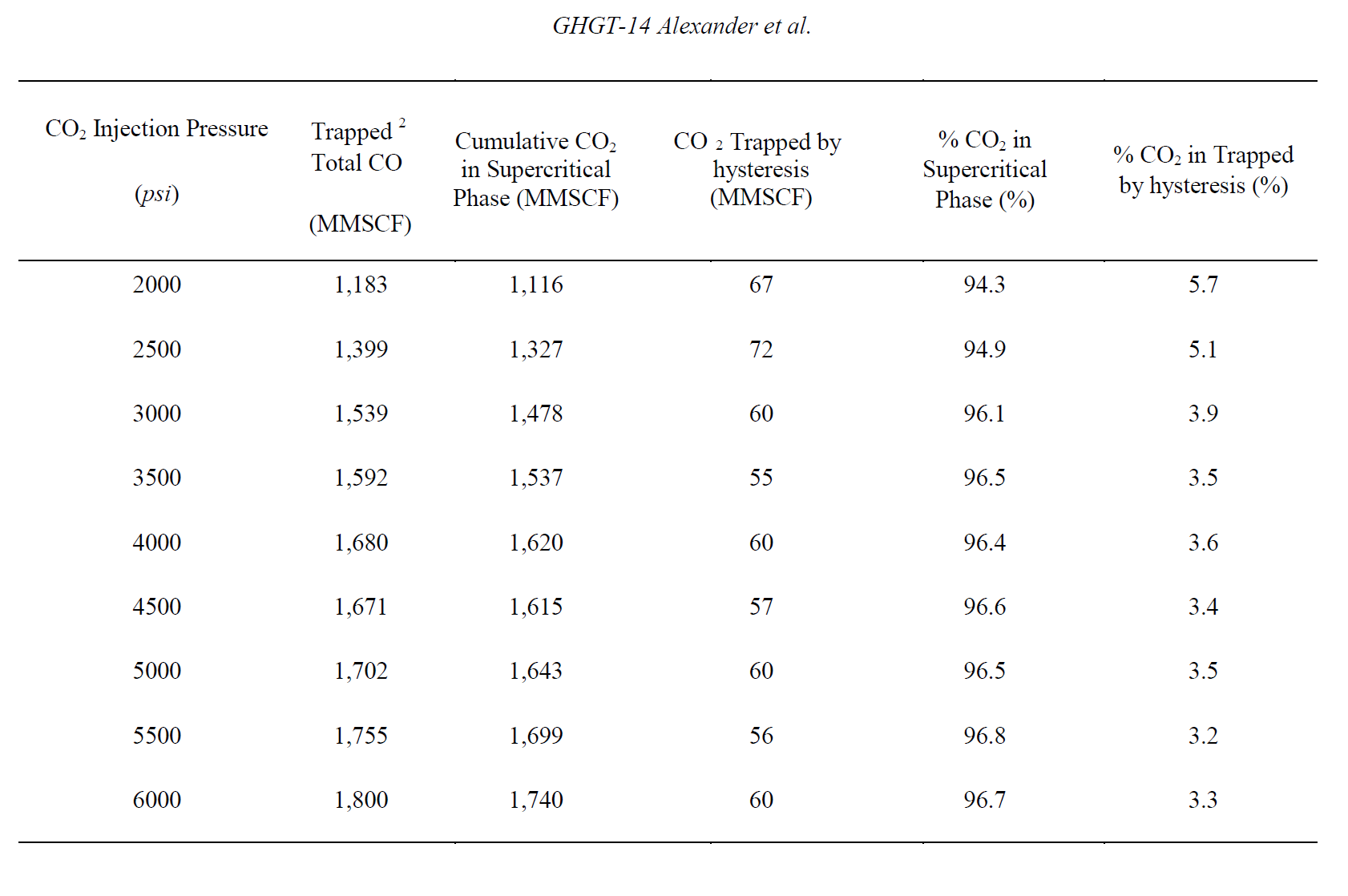Impact of Injecting CO2 and Light Hydrocarbon Fractions in a Condensate Reservoir
Abstract
Greenhouse gas emissions have grown significantly in recent times globally. One of the most prevalent greenhouse gases is carbon dioxide (CO2). Over the years, pilot projects along with reservoir simulations have sought to strengthen our confidence in the use of geologic storage as a mitigation strategy, but a lot more related research still has to be done.
One of the key issues when producing condensate reservoirs is that of liquid dropout as the reservoir drops below the dew point pressure. Condensate can therefore become trapped in the reservoir due to the effect of capillary pressure. As a result, flow within porous media can become restricted, thus reducing the efficiency of condensate and gas recovery.
CO2 injection can assist with both these challenges, i.e. pressure maintenance and the sequestering of the CO2. The depleted hydrocarbon pore spaces in the reservoir provide suitable storage sites for the injected CO2.
Current technologies involve injecting produced natural gas from source wells into other wells to help increase reservoir pressure and improve recovery efficiency. This paper examined the effects of injecting both CO2 and light hydrocarbon fractions (C1 – C2) into condensate reservoirs to optimize condensate recovery and CO2 sequestration.
The results from the associated simulation studies show that the use of CO2 to increase condensate recovery from the reservoir is feasible with the additional benefit of CO2 sequestration. It also demonstrated that it is highly possible to increase condensate production by injecting CO2 with some percentages of lighter fractions (C1 – C2), with these lighter fractions assisting to increase condensate recovery. It is possible to store between 11 and 15% of injected CO2 using the different injection compositions.
The injection of CO2 had a positive effect on the re-vaporization of condensate dropout in the reservoir. Increasing the injection pressure yielded higher condensate recoveries. More than 95% of the injected CO2 stored in the reservoir was trapped in the supercritical phase, whilst 3-5% was stored due to hysteresis. As the injection pressure increased, the amount of CO2 stored by hysteresis decreased in all cases. Once the reservoir seals were not breached, the CO2 will remain trapped for over 1000 years.
Keywords: CO2 Enhanced Gas Recovery; Condensate Reservoir; Geologic Sequestration; Natural Gas Injection




